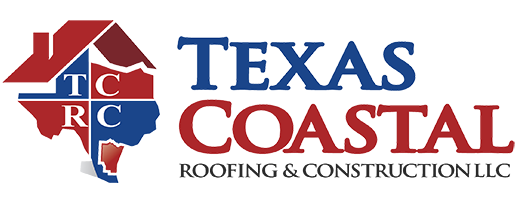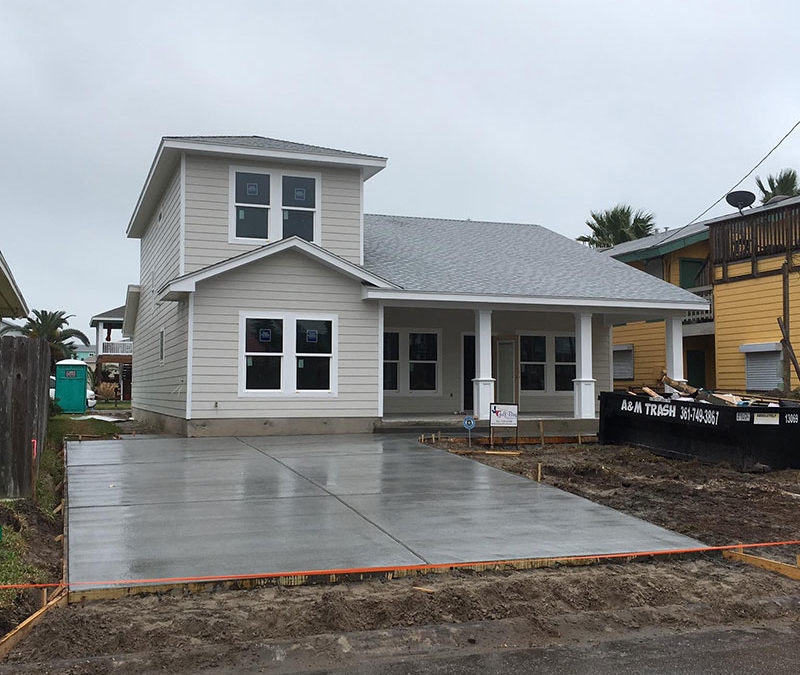Roof leaks can lead to significant damage to your home’s interior, resulting in costly repairs and potential health hazards. Understanding the common causes of roof leaks can help you identify issues early and address them before they become major problems. Here are ten frequent causes of roof leaks:
1. Damaged or Missing Shingles
Shingles are the primary barrier protecting your roof from the elements. Over time, they can become damaged or go missing due to weather, age, or poor installation.
Cause: Cracked, curled, or missing shingles expose the underlying roof structure to water.
Solution: Replace damaged or missing shingles promptly to prevent leaks.
2. Faulty Flashing
Flashing is used around roof penetrations, such as chimneys, vents, and skylights, to direct water away from these vulnerable areas.
Cause: Rusted, cracked, or improperly installed flashing can allow water to seep through.
Solution: Repair or replace damaged flashing to maintain a watertight seal.
3. Clogged Gutters
Gutters channel water away from your roof and foundation. When they become clogged with debris, water can overflow and damage the roof and siding.
Cause: Overflowing gutters can cause water to back up under shingles or into the roof structure.
Solution: Regularly clean gutters and downspouts to ensure proper water flow.
4. Improperly Sealed Roof Vents
Roof vents allow for ventilation and help prevent moisture buildup in the attic. If they are not properly sealed, they can become a source of leaks.
Cause: Poorly sealed or damaged vents can let water infiltrate the roof.
Solution: Inspect and reseal vents as needed, and ensure they are correctly installed.
5. Worn-Out Roof Underlayment
The underlayment is a protective layer installed beneath shingles or other roofing materials. It helps to prevent leaks and adds an extra layer of protection.
Cause: Over time, the underlayment can deteriorate due to age or exposure to moisture.
Solution: Replace worn-out underlayment to restore its protective function.
6. Damaged Roof Valleys
Roof valleys are the areas where two roof sections meet and channel water off the roof. Damage or blockage in these areas can lead to leaks.
Cause: Damaged or improperly installed flashing in roof valleys can cause water to seep through.
Solution: Repair or replace flashing in roof valleys and ensure they are clear of debris.
7. Ice Dams
Ice dams form when melting snow refreezes at the edge of the roof, blocking proper drainage and causing water to back up under shingles.
Cause: Poor attic insulation and ventilation can contribute to ice dam formation.
Solution: Improve attic insulation and ventilation, and remove ice dams carefully to prevent damage.
8. Roof Penetrations
Penetrations like skylights, chimneys, and satellite dishes can be potential leak sources if not properly sealed.
Cause: Incorrectly installed or deteriorated seals around these penetrations can allow water to enter.
Solution: Regularly inspect and maintain seals around roof penetrations and ensure proper installation.
9. Aging Roof
As roofs age, their materials naturally deteriorate, making them more susceptible to leaks and other issues.
Cause: Old or worn roofing materials may lose their effectiveness over time.
Solution: Consider replacing the roof if it has reached the end of its expected lifespan or shows signs of significant wear.
10. Improper Roof Installation
Poor installation practices can lead to a range of issues, including leaks, especially if the roof was not installed according to manufacturer specifications or local building codes.
Cause: Inadequate installation of roofing materials, flashing, or ventilation systems.
Solution: Ensure that your roof is installed by a reputable and experienced contractor and follow all manufacturer and building code guidelines.
Identifying and addressing the causes of roof leaks promptly can help you avoid more extensive damage and costly repairs. Regular inspections, proper maintenance, and timely repairs are key to keeping your roof in good condition and protecting your home from water damage. If you notice signs of a leak or suspect roof damage, contact a professional roofing contractor for a thorough inspection and necessary repairs.


Recent Comments